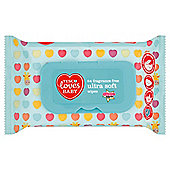@PrimaryIdeas @padlet Been looking at using the iPad app to provide a "live" working wall in Y5 next half term.
— Colin Grimes (@MrGPrimary) October 27, 2015
This got us thinking about how we could use them too as a Live Working Wall. In our classrooms, we have Working Walls and on them we place examples of work, screenshots, photos and other items related out our current learning in English, maths and other subject areas. That Working Wall (in my room) sits at the back of the classroom and can be seen by the children for the five hours a day they're in class. It'd be more useful to have one they can access more frequently...
As previously identified, Padlet would be excellent for this, but so could a Google Doc or Slides, Lino and other similar online tools. Ideally, this would be in a 1:1 device setting and all pupils could update the Wall as and when they need to. In another setting, pupils could update the Wall when they have online access. In another class, there may be one computer or tablet available to update the Wall. Alternatively, the focus could be on the children adding to it in their own time.
Whichever is used, the children are creating their own resource for them and their peers to utilise. Again, depending on devices available, they can then use it to aid their learning in a variety of ways.
Here's an example of a similar 'Live Working Wall' we've previously shared (was originally on Wallwisher!):
As always, should you have any additional ideas, resources or feedback on this idea, we'd love to hear from you...


